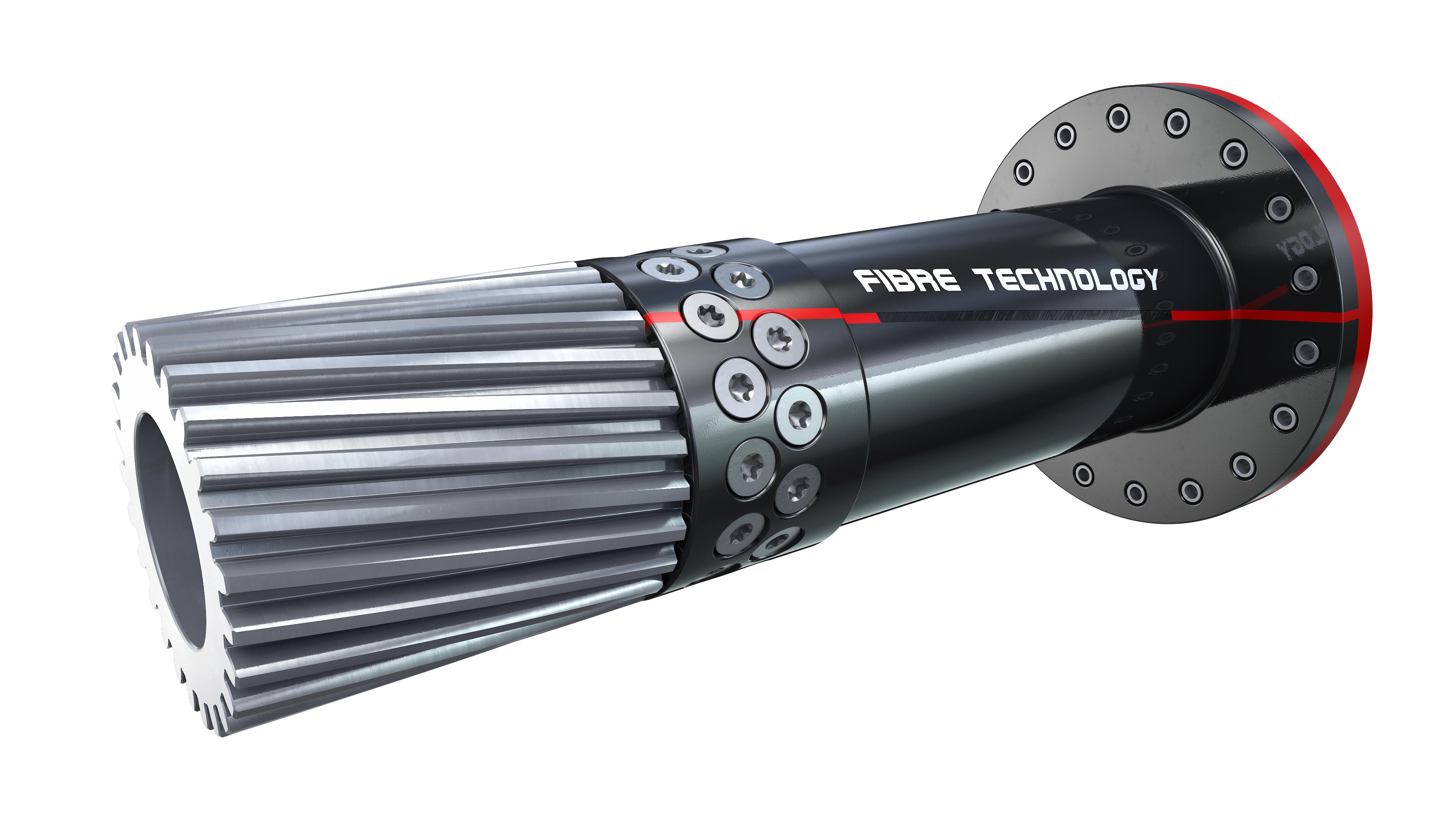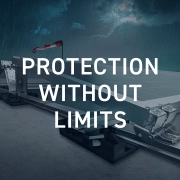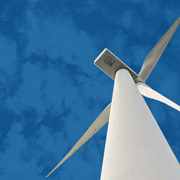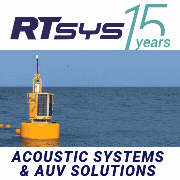A shift towards more integrated drivetrain architectures in wind turbines is being driven by the need to boost power density, resulting in increased challenges with noise, vibration, harshness, and tonality. Geislinger’s advanced solutions are proving effective in mitigating these issues, enhancing turbine robustness and reliability.
A clear trend towards more integrated drivetrain architectures is emerging across all markets, primarily driven by the need to increase the power density of wind turbine drivetrains. Typically, a rigid arrangement consisting of a main bearing unit, gearbox, and generator lacks elastic elements, such as flexible gearbox mounts or high speed shaft couplings. As a result, residual non-torque loads are transferred directly to the gearbox, causing unfavorable parasitic forces.
This reduced decoupling of components can also introduce new challenges related to the NVH (noise, vibration, harshness) behavior of wind turbines, as vibration sources like the gearbox and generator can no longer be isolated in terms of loads and structure-borne sound. This inevitably leads to tonalities that must be managed before they reach the sound-radiating surfaces of the tower and blades.























